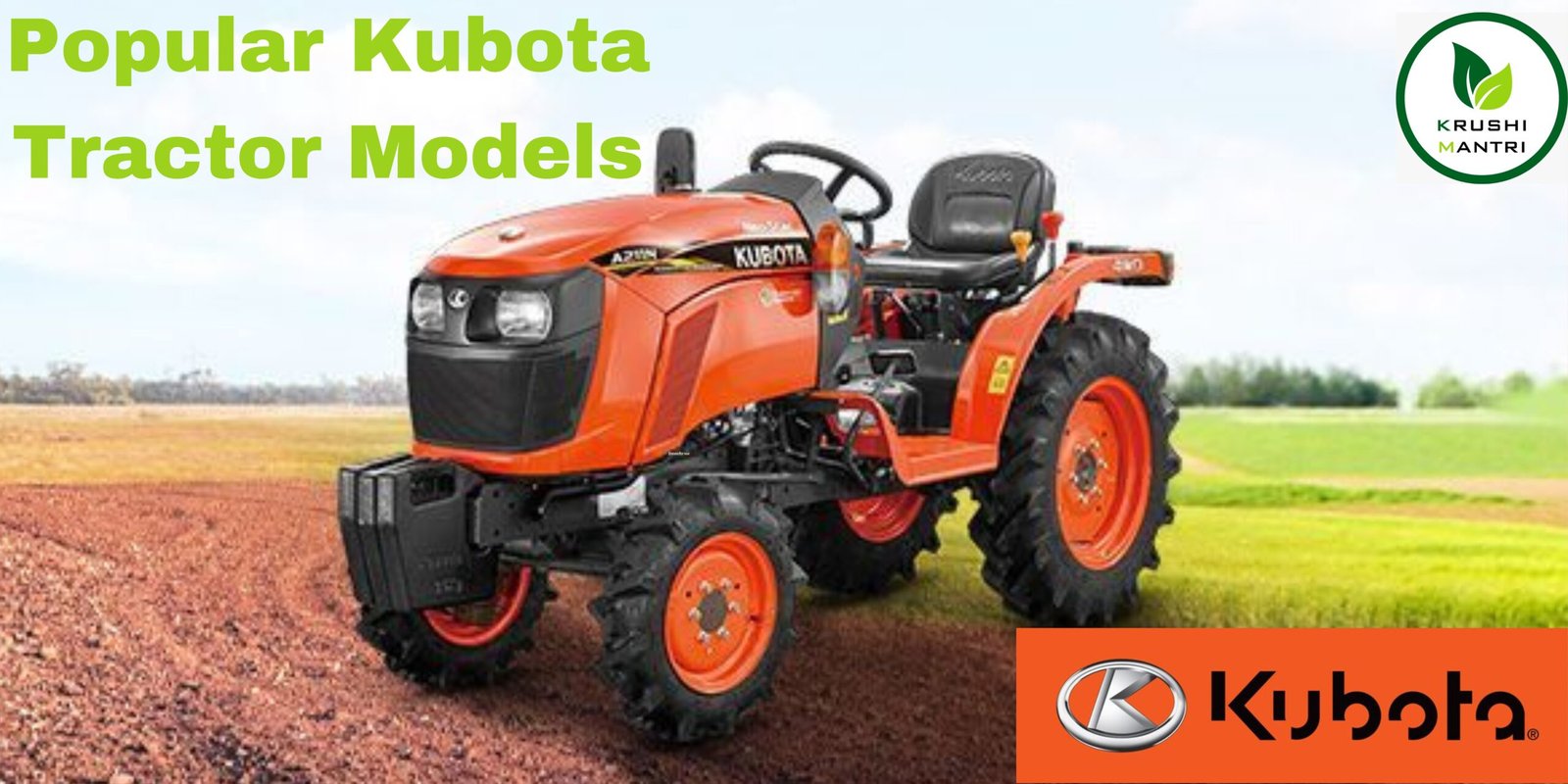Brinjal Pests and Diseases (Eggplant)
Welcome, dear readers! I am Krushimantri, and today we will delve into the topic of Brinjal Pests and Diseases. As a farmer, I know firsthand how challenging it can be to grow healthy brinjal plants and protect them from pests and diseases. That’s why I want to share my experience with you and provide valuable insights on how to effectively control these issues.
Brinjal, also known as eggplant, is a nutritious and flavorful vegetable that is enjoyed by many worldwide. However, various pests and diseases can affect the growth and yield of this crop, making it challenging to cultivate. In this blog, we will explore the common pests and diseases that affect brinjal, their symptoms, and the best control methods to ensure healthy plant growth.
So, get ready to learn some useful tips and tricks on how to protect your brinjal plants and increase their yield. By the end of this blog, you will be equipped with the knowledge to overcome any pest or disease that may threaten your brinjal crop. So, sit back, relax, and let’s dive into the world of Brinjal Pests and Diseases together!
And as a powerful statement, I can confidently say that by following the tips and tricks shared in this blog, you can ensure a healthy and bountiful harvest of brinjal. So, read on to discover the secrets of successfully growing brinjal!
Diseases of Brinjal
Brinjal is prone to several diseases that can affect its growth and yield. Here are some common diseases of brinjal:
- Bacterial Wilt: It is a bacterial disease that affects the roots of the plant, causing wilting and yellowing of leaves. The disease spreads through contaminated soil and water.
- Anthracnose: It is a fungal disease that affects the fruits and leaves of the brinjal plant, causing dark, sunken lesions. The disease spreads through infected plant debris, soil, and water.
- Fusarium Wilt: It is a fungal disease that affects the roots of the plant, causing wilting and yellowing of leaves. The disease spreads through infected soil and water.
- Verticillium Wilt: It is a fungal disease that affects the stems and leaves of the plant, causing yellowing and wilting of leaves. The disease spreads through contaminated soil and water.




Read:- Profitable Goat Farming
Pests in Brinjal
In addition to diseases, brinjal is also susceptible to various pests that can cause significant damage. Here are some common pests of brinjal:
- Fruit and Shoot Borer: It is a common pest that affects the fruits and shoots of the plant. The larvae of the pest bore into the fruits and shoots, causing significant damage.
- Aphids: They are small, soft-bodied insects that feed on the sap of the plant, causing wilting and stunting of growth.
- Whiteflies: They are small, white insects that feed on the sap of the plant, causing yellowing and wilting of leaves.
- Spider Mites: They are tiny mites that feed on the underside of leaves, causing yellowing and wilting of leaves.
Symptoms: The symptoms of pests and diseases in brinjal can vary depending on the type of pest or disease. Here are some common symptoms:
- Wilting and yellowing of leaves
- Dark, sunken lesions on fruits and leaves
- Boreholes in fruits and shoots
- Stunted growth
- Yellowing and wilting of leaves
Control: Effective control measures can help prevent and manage pests and diseases in brinjal. Here are some common control measures:
- Crop Rotation: Planting brinjal in different areas every season can help prevent the buildup of soil-borne pests and diseases.
- Sanitation: Proper sanitation practices, such as removing infected plant debris and cleaning equipment, can help prevent the spread of pests and diseases.
- Biological Control: Introducing natural predators, such as ladybugs and praying mantis, can help control pests without the use of harmful chemicals.
- Chemical Control: If the pest or disease infestation is severe, chemical control measures, such as pesticides and fungicides, may be necessary.
Conclusion: Brinjal is a popular vegetable grown worldwide, but it is susceptible to various pests and diseases that can cause significant damage. Understanding the common pests and diseases of brinjal, their symptoms, and effective control measures can help prevent and manage infestations, ensuring a healthy and abundant crop. Remember to always follow proper sanitation practices and use chemical control measures only when necessary and under proper guidance.
In case if you are interested in this: Profitable Honey bee Farming
We hope this blog is vital for you; hence more information regarding any agriculture sector, stay tuned with Krushimantri.com
And more information regarding any travel, stay turned with urbanchats.com
Question and Answer
Q1. What are some common eggplant pests and diseases?
Answer
Some common pests that attack eggplants include flea beetles, aphids, spider mites, hornworms, and thrips. Diseases that affect eggplants include blossom end rot, anthracnose fruit rot, powdery mildew, and wilt diseases.
Q2. How can I prevent eggplant pests and diseases?
Answer
To prevent pests and diseases, it is important to practice good garden hygiene by removing plant debris and weeds, rotating crops, and planting disease-resistant varieties. It is also important to monitor plants regularly for signs of pests and diseases and take prompt action if any are detected.
Q3. What is blossom end rot and how can I prevent it?
Answer
Blossom end rot is a disorder that affects eggplants and other fruits and vegetables, causing a dark, sunken spot to develop on the blossom end of the fruit. It is caused by a calcium deficiency in the plant and can be prevented by ensuring that the soil has adequate calcium levels, maintaining consistent soil moisture, and avoiding excessive use of nitrogen fertilizers.
Q4. What are wilt diseases and how can I prevent them?
Answer
Wilt diseases are caused by soil-borne pathogens that infect the roots of plants, causing them to wilt and die. To prevent wilt diseases, it is important to practice good garden hygiene, avoid over-watering, and rotate crops to prevent the buildup of pathogens in the soil.
Q5. What are the symptoms of anthracnose fruit rot and how can I treat it?
Answer
Anthracnose fruit rot is a fungal disease that affects eggplants and other fruits, causing dark, sunken lesions to develop on the fruit. To treat the disease, infected fruits should be removed and destroyed, and plants should be treated with a fungicide.
Q6. What is powdery mildew and how can I prevent it?
Answer
Powdery mildew is a fungal disease that affects eggplants and other plants, causing a white, powdery coating to develop on the leaves and stems. To prevent powdery mildew, it is important to maintain good air circulation around plants, avoid overcrowding, and treat plants with a fungicide as needed.
Q7. What are hornworms and how can I control them?
Answer
Hornworms are large green caterpillars that feed on the leaves and fruit of eggplants and other plants. They can be controlled by handpicking or using a biological control such as Bacillus thuringiensis (BT) or parasitic wasps.
Q8. What are flea beetles and how can I control them?
Answer
Flea beetles are small, shiny black beetles that feed on the leaves of eggplants and other plants, causing small holes to develop. They can be controlled by using row covers, applying a natural insecticide such as neem oil, or using beneficial insects such as ladybugs.
Q9. What are thrips and how can I control them?
Answer
Thrips are tiny insects that feed on the leaves and fruit of eggplants and other plants, causing silvering and distortion of the leaves and scarring of the fruit. They can be controlled by using sticky traps, applying a natural insecticide such as insecticidal soap or neem oil, or using beneficial insects such as predatory mites.
Q10. How can I use insecticidal soap to control eggplant pests?
Answer
Insecticidal soap can be used to control a variety of pests on eggplants and other plants. To use, dilute the soap according to the manufacturer’s instructions and apply to the plant using a spray bottle or sprayer, being sure to cover all parts of the plant. Repeat as needed until the pests are under control.
Read:-Frequently Asked Questions About Plant Diseases









